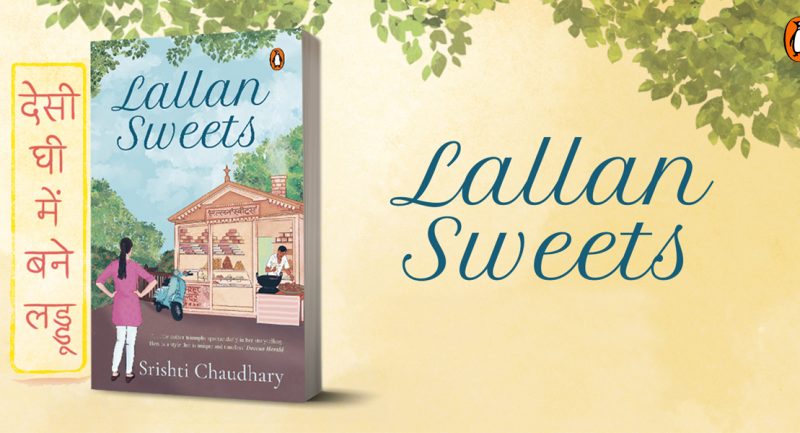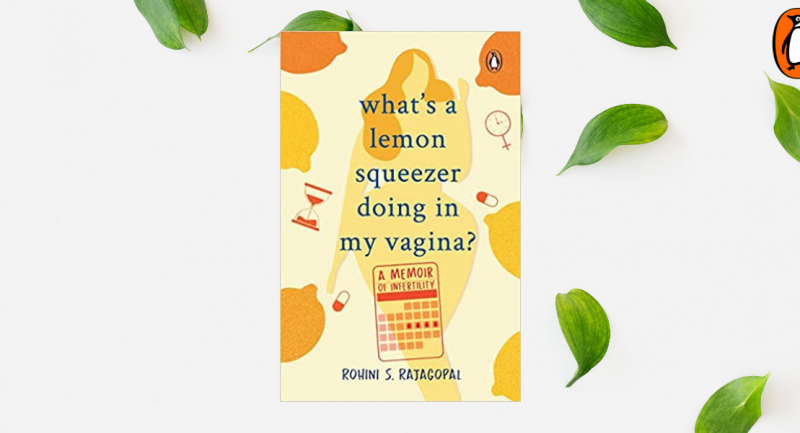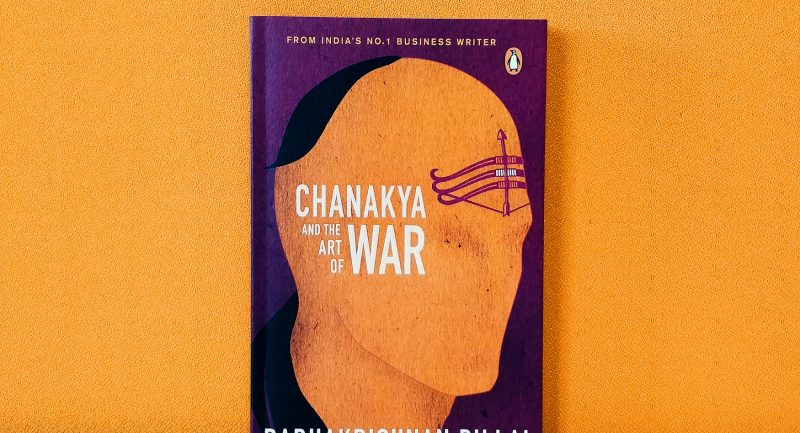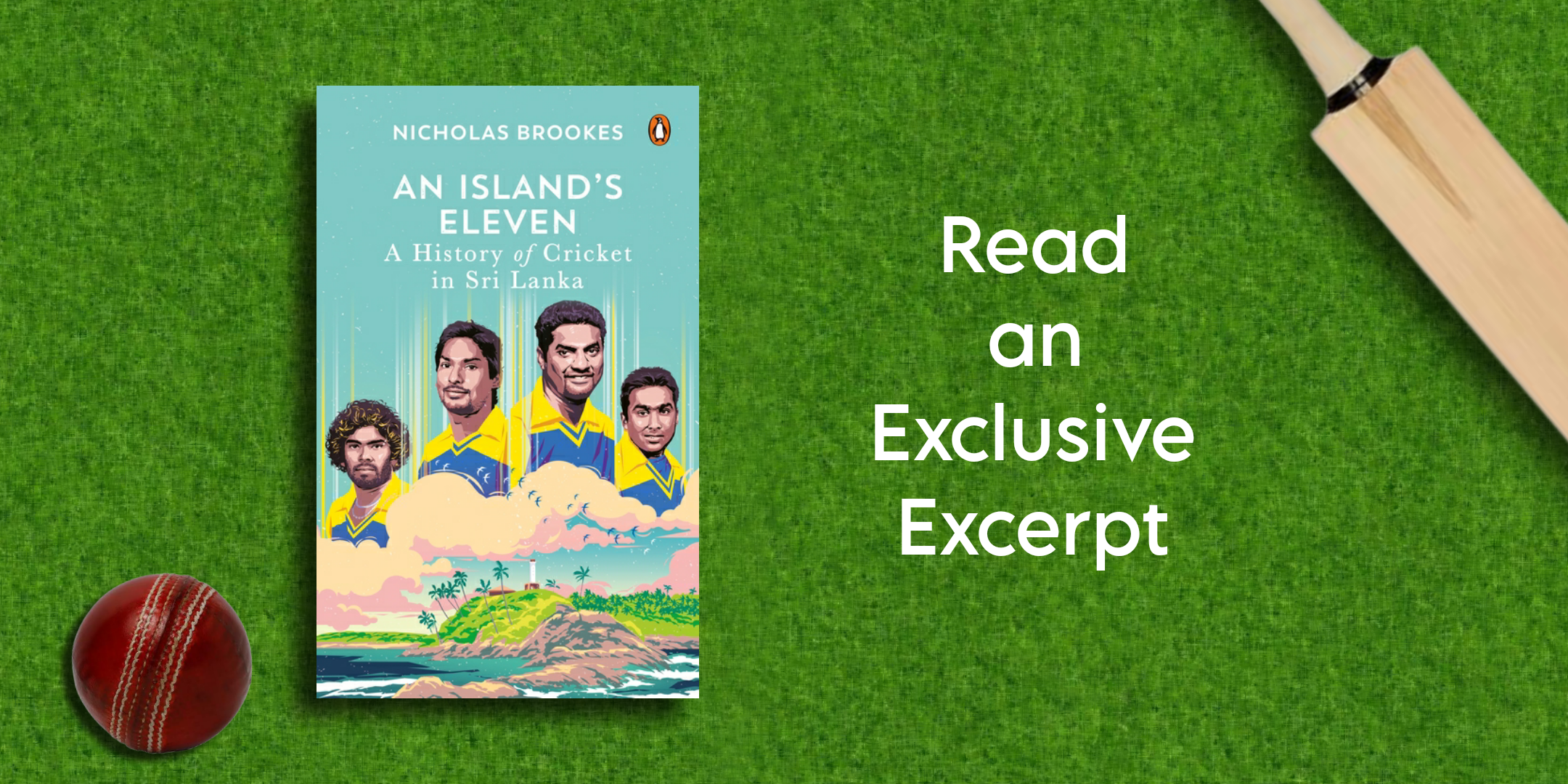
An Island’s Eleven by Nicholas Brookes takes us back in time to 19th and 20th century Sri Lanka, where cricket was becoming popular among different communities. The excerpt follows the story of a talented young player with Sinhalese roots, who played a crucial role in forming a club that truly represented the country. Despite facing challenges and missed opportunities, the book shows us the spirit and determination that shaped the island’s cricketing identity.
Read this excerpt to know more.
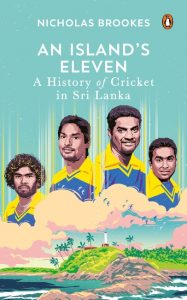
***
For much of the nineteenth century, local cricket had been sustained by the Burghers—but a change began to take hold in the 1890s. While the Sinhalese on the whole resisted westernization, Ceylon’s Tamils proved more willing to learn English: from around 1870, their presence in the civil service swelled. Exposed to English customs, they soon took to cricket. Two Tamil clubs sprung up in Colombo during the 1890s, merging to form the Tamil Union Cricket and Athletic Club in 1899. Its first home at Campbell Park was leased from the government for 50 cents a year.
Meanwhile, Buddhist revivalism was changing the face of Colombo. Ananda College opened doors in 1886—by teaching in English but retaining a Buddhist foundation, schools like Ananda gave those Sinhalese wary of westernization opportunities to rise through society. Nonetheless, these schools submitted to aspects of Britishness: by 1895, old-Thomian J.C. McHeyzer was coaching Ananda’s boys at cricket. Around the same time, some Sinhalese were warming to the idea of sending their sons to anglicized schools. By my estimation, around forty-five Sinhalese boys played in the Royal-Thomian during the 1890s.
By 1898, schools cricket had advanced sufficiently for a Combined Colleges XI to take on the Colts. In drawing the game, the schoolboys gave an excellent account of themselves—and the fixture was rebooked for the following year. By chance, the 1899 team was made up exclusively of Sinhalese boys; remarkably, they led the invincible Colts by a single run after the first innings. Seeing eleven of their own perform so admirably stirred a burning sense of pride in the watching Sinhalese. Suddenly, there were calls for a sports club of their own.
In fact, in D.L. de Saram, this ‘all-Sinhalese’ XI included at least one boy with a heavy dose of Burgher blood. While still at S. Thomas’, de Saram was establishing himself as one of the island’s most destructive batters. He was not a tall man, but his shoulders seemed broad as the doors he walked through, his forearms the size of saplings. An inspiring leader and born entertainer on the field, beyond the boundary de Saram was shy, struggling badly with a stammer. He let his cricket do the talking—and was the kind of batter uncowed by any bowler. When he came to the crease the field would spread; the crowd growing restless in anticipation of scything drives and dashing hooks.
In 1900 de Saram made history by scoring 105* for NCC, the first century by a schoolboy in club cricket. But his allegiance would soon be tested. On 28 March 1899, H.J.V.I. Ekanayake called a meeting to discuss the founding of the SSC. The next year, the club leased a plot of land in Victoria Park. Though cinnamon trees sprouted from the sandy soil, D.S. Senanayake and Danny Gunasekara worked tirelessly to get the ground ready for cricket.
Gunasekara and de Saram’s names were on the team sheet for the SSC’s inaugural fixture in July 1901. No doubt the Colombo Sports Club fancied their chances against this fledgling local side, but by day’s end they were humbled and sick of the sight of the teenaged de Saram. He dazzled with an unbeaten 132, 18 more than the Sports Club could manage. It was a famous victory: the perfect start to life in cricket for the Sinhalese.
During the first years of the twentieth century, de Saram was the club’s beating heart. He scored eleven of the first fifteen centuries— while no batter scored a hundred against the SSC until 1906. Alongside Kelaart, de Saram was invited to Bombay for India trials in December 1903; said to be a certainty for selection, until the tour collapsed due to lack of funding.
The sense of opportunity lost was compounded by the lack of international visitors around the turn of the century: after 1896, no English or Australian side arrived for more than a decade. And when the whistlestops returned in 1908, the ‘All-Ceylon XII’ Vanderspar picked was without any truly Ceylonese men. T.W. Roberts smashed 70 in an hour against the MCC amateurs. He should have walked out against a full-strength English side, but the professionals—a young Jack Hobbs included—requested their £5 match fee doubled. Vanderspar refused, filling their places with cricketers from the garrison and Colombo Sports Club.
The payment of professionals was becoming an increasingly thorny issue. When the homeward-bound Australians stopped in 1909, the CCC refused to cover their match fee. Sniffing an opportunity, the SSC offered to sponsor the visit. They organized a gate, raising enough to offer the Australian pros £10 a man. So for the first time, a team that truly represented Ceylon—rather than the colonists who lorded over the island—would have the chance to play against cricketers of international calibre.
***
Get your copy of An Island’s Eleven by Nicholas Brookes wherever books are sold







